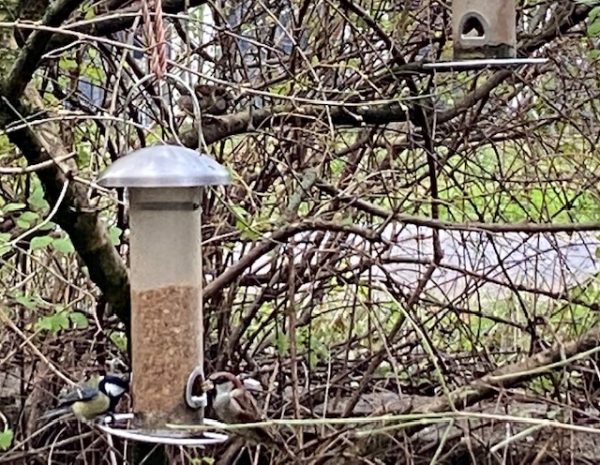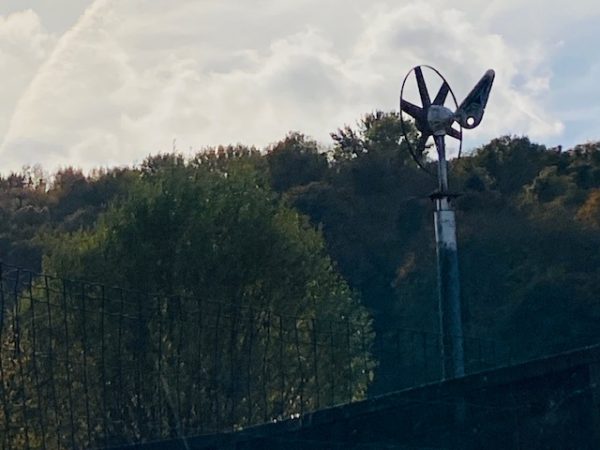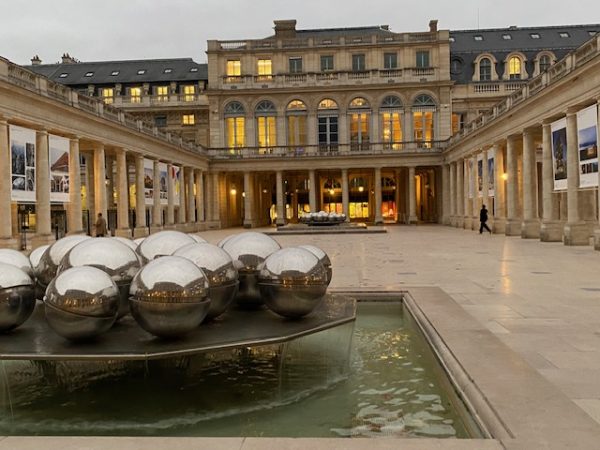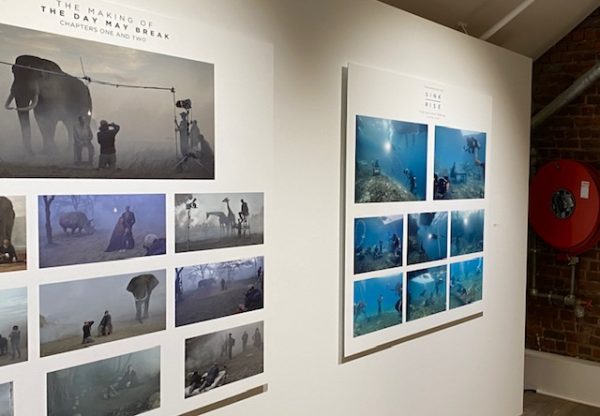Obviously, water is not just an issue of quantity, but also quality. The availability of sufficient quantities of water in a region depends on rain, its storage, and the use of these water resources. The quality of water is a subsidiary issue, as lack of inflow causes concentrations of nuisance in water to rise. Global warming will most likely intensity the concern for not only the quantity, but also the quality of water.
Public services are in charge to sample and monitor levels of water quality for consumers. Independent of public, private or public private partnerships in this field there is a need to check from time to time the quality of water. Public institutions do a great job in monitoring water quality, but as science progresses there are new sources of pollution that enter the already complex analysis of water quality. New chemicals and remains of medical or pharmaceutical analyses have been retrieved from water and, sometimes, they have reached critical or unhealthy levels.
More detailed monitoring is necessary and new digital tools allow to improve just this type of monitoring to inform policy makers on shifting patterns.
A project of that type “Urban Green Eye”, for example, allows to monitor the artificialization of previous vegetation to show up on satellite images of Germany. Independent groups, citizens or communities might find it useful to use their own sampling and testing to guard against abuses or dysfunctional public monitoring systems. Start-ups like “Hydroguard” offer services to support activists, communities or public services in their own efforts to ensure water quality. 


























 These measures are important for crops and agriculture, but also for trees and vegetation in general. The droughts of the last years show a lack of humidity in large parts of East Germany.
These measures are important for crops and agriculture, but also for trees and vegetation in general. The droughts of the last years show a lack of humidity in large parts of East Germany.




